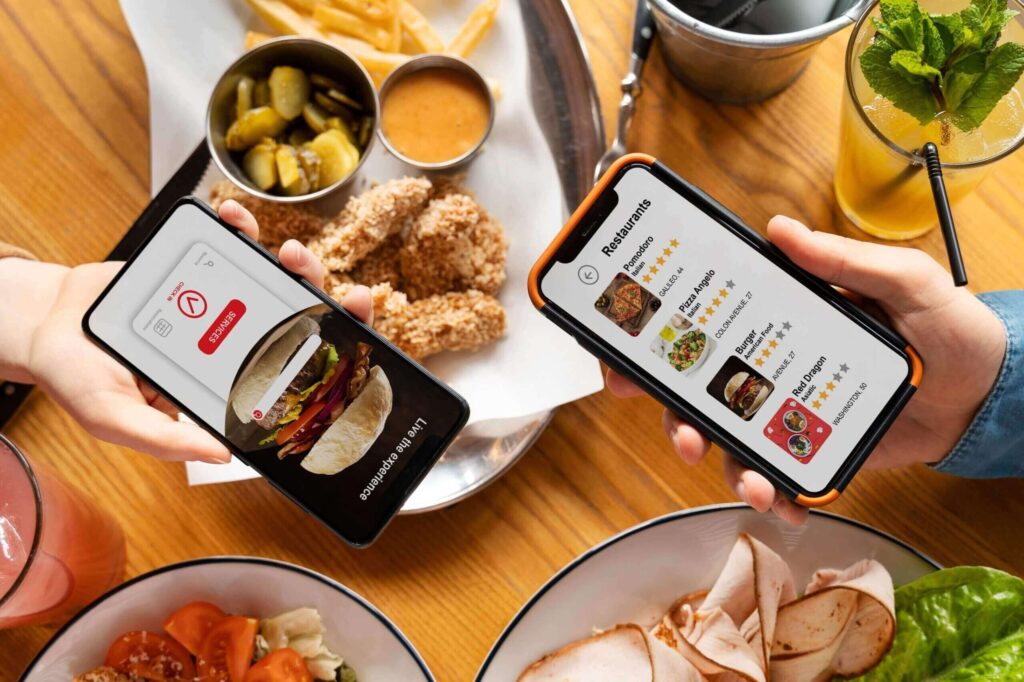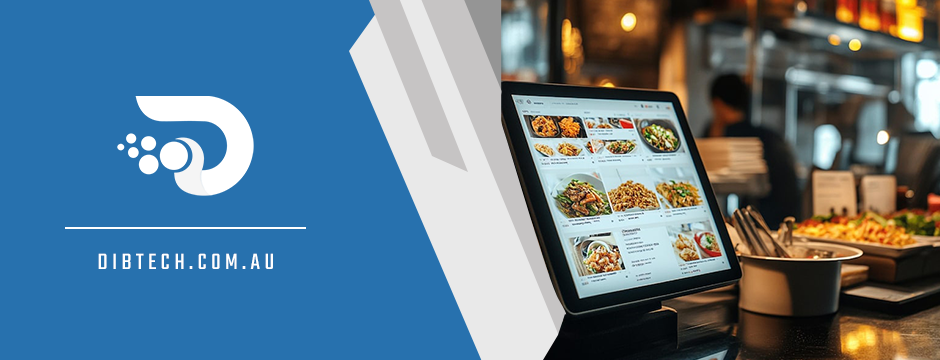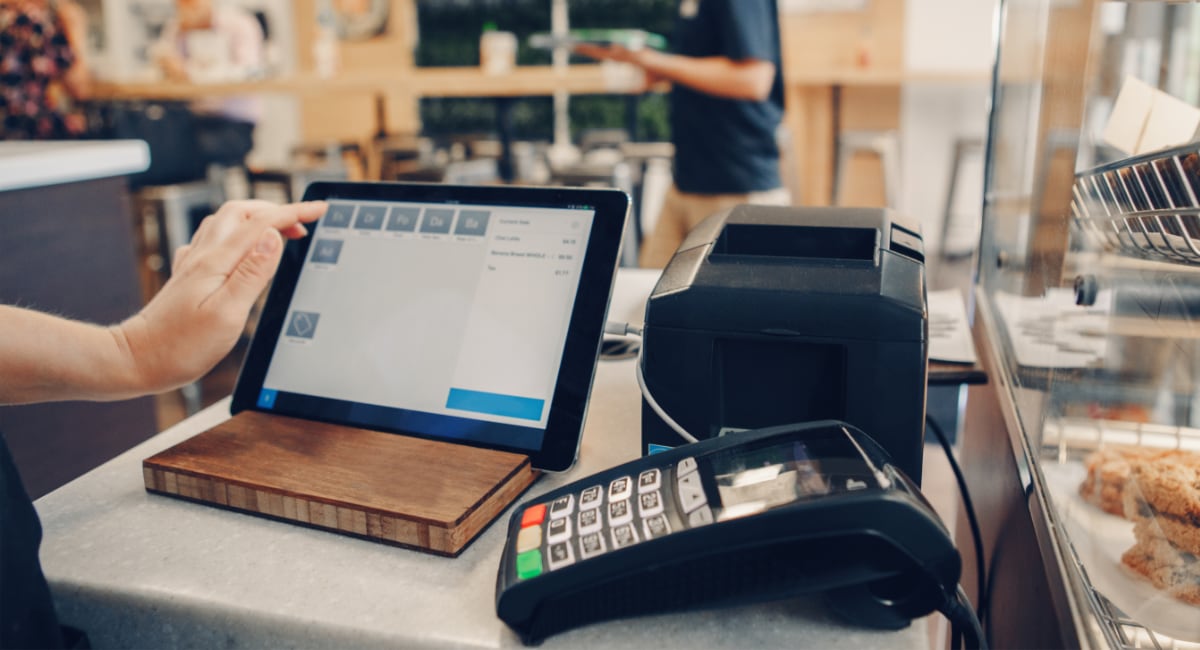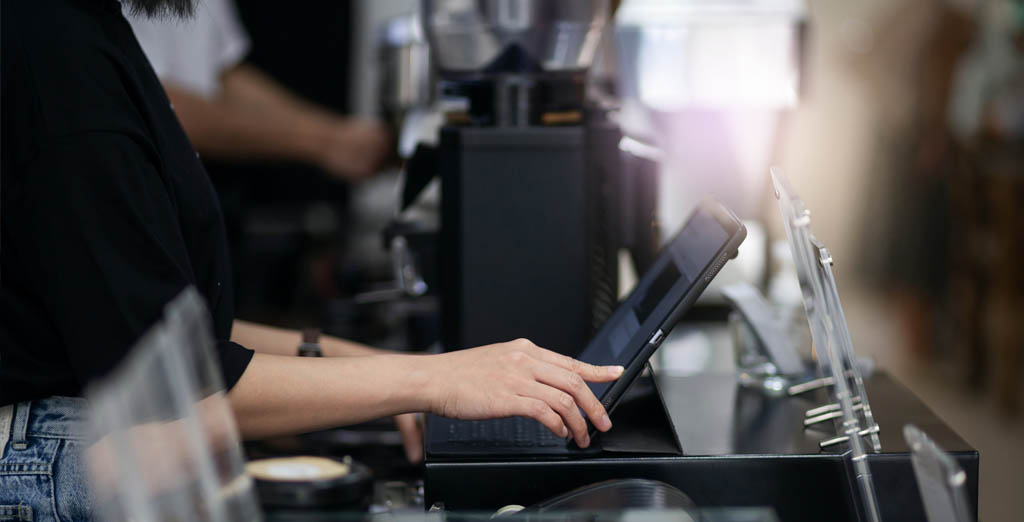POS System and Integration of Online Ordering for Restaurants: A Recipe for Success

In today’s digital-first world, customer expectations in the food service industry are evolving rapidly. Diners crave convenience, speed, and seamless experiences—whether they’re ordering takeout from a mobile app or enjoying a sit-down meal. To meet these demands, restaurants must adopt technology that supports both in-person and digital operations. A Point of Sale (POS) system integrated with online ordering is one of the most powerful tools available to modern restaurants.
The Changing Landscape of Restaurant Service
Gone are the days when phone-in orders or walk-in traffic were the primary revenue streams. With the rise of food delivery platforms, mobile apps, and third-party aggregators, restaurants must now juggle multiple sales channels. The challenge? Managing these channels efficiently without sacrificing service quality or operational control.
This is where an integrated POS system becomes a game-changer. By connecting your POS with online ordering platforms—whether it’s your own branded app, website, or third-party services—you centralize operations, reduce errors, and deliver better customer experiences.
What Is POS Integration with Online Ordering?
POS integration with online ordering means that all online orders—whether placed through your website, app, or delivery partners—are automatically sent to your restaurant’s POS system. This eliminates the need for manual entry, which can cause delays and mistakes, especially during peak hours.
Orders are routed directly to the kitchen, payments are processed instantly, and customer data is captured for future marketing or loyalty programs. In short, this integration allows your front-of-house, back-of-house, and digital storefront to work in perfect harmony.
Key Benefits of POS and Online Ordering Integration
1. Faster, More Accurate Order Processing
Without integration, staff must manually input online orders into the POS system—a time-consuming process prone to errors. Integrated systems eliminate duplicate entry and reduce the risk of mistakes in orders, pricing, and customization.
2. Improved Customer Experience
When orders are processed quickly and accurately, customer satisfaction increases. Real-time updates on order status, faster delivery times, and accurate fulfillment of customizations all contribute to a better dining experience—whether on-site or at home.
3. Streamlined Kitchen Operations
Integrated POS systems can automatically route orders to the correct kitchen station, whether it’s the grill, salad bar, or dessert station. This helps kitchen staff manage workloads more efficiently and reduces the chance of missed or mixed-up items.
4. Consolidated Sales Reporting
Running reports from multiple platforms can be tedious and inaccurate. With integration, all sales data—dine-in, takeout, and delivery—is consolidated in your POS dashboard. This makes it easy to track performance, forecast demand, and make data-driven decisions.
5. Better Inventory Management
Online and in-store orders draw from the same inventory. An integrated POS updates inventory levels in real time, reducing the risk of overselling and alerting managers when stock runs low. This prevents stockouts and improves vendor ordering efficiency.
Integration with Third-Party Delivery Apps
Many restaurants rely on platforms like Uber Eats, DoorDash, and Grubhub. Without integration, handling orders from these apps involves multiple tablets, additional staff, and lots of manual data entry. POS integration allows these orders to flow directly into your system, reducing chaos and increasing order accuracy.
Some POS providers offer direct integrations with major delivery services, while others work through middleware platforms that centralize incoming orders from all third-party services into your POS.
Choosing the Right POS System for Integration
Not all POS systems are created equal. When selecting a POS for your restaurant, look for:
- Online Ordering Support – Built-in or third-party integration options
- Kitchen Display System (KDS) Compatibility – For streamlined kitchen communication
- Real-Time Synchronization – Instant updates between platforms
- Loyalty and CRM Features – To build customer retention
- Mobile and Tablet Support – For flexibility and ease of use
Final Thoughts
The restaurant industry is more competitive than ever, and technology is the secret ingredient to staying ahead. A POS system integrated with online ordering empowers restaurants to operate more efficiently, serve customers better, and grow their business across both in-person and digital channels.






